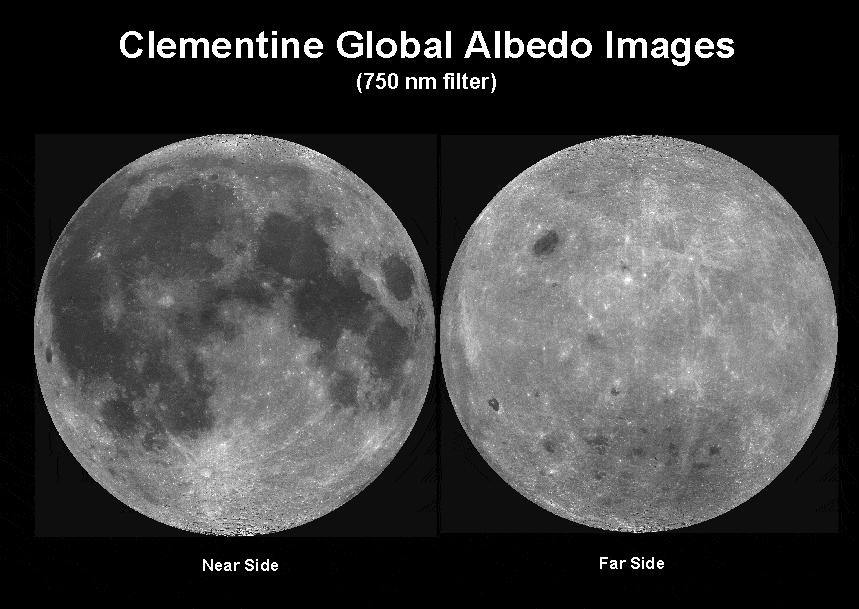Because the moon is tidally-locked to Earth, we’re used to seeing our cosmic neighbor like a stationary lonesome figure. Now, NASA released an animated simulation of the moon’s phase from its so-called dark side, offering an insightful glimpse from the other side of the coin.
Far side of the moon – not so dark after all
Contrary to popular belief, the dark side of the moon isn’t perpetually shrouded in darkness and goes through the exact phase cycles as the side we always get to see. But why do we constantly see only one side? The moon doesn’t exactly orbit Earth – both planets orbit around a common center of gravity known as a “barycenter”, but because this center is so close to our planet, we get the impression that the moon orbits around Earth. Much like the Earth-moon pair’s orbit around the sun, the moon’s orbit is also elliptical which means at some point it’s further away from our planet (“apogee” 406,720 kilometers away) or closer (“perigee” 356,375 kilometers). As it orbits, each objects slightly gravitationally tug each other. This tugging creates a bulge on the moon, and to a lesser extent on the Earth, which we call tides. But each object also rotates around its own axis, so the rotation of the two objects tend to drag the bulge along a little.
The off-set bulge acts like a sort of break on the Moon’s revolving motion around Earth to such an extent that it now takes the moon exactly as much time to orbit Earth that it takes Earth to revolve once around its own axis. This results in the same face of the Moon always facing the Earth. Elsewhere, Charon is also tidally-locked to Pluto, so Pluto only sees one face of Charon and vice versa. It is as if a rod connects two points on their surface. This is why tidal locking is also called synchronous rotation. Another effect from the tides is that the moon is slowly accelerating in its orbit, causing it to move very slightly further away from us at a rate of around 4 centimeters per year.
Because we only get to see one side, there’s a common myth that says the other side is engulfed in darkness. This isn’t true, as the other side gets its own fair share of equal sunshine as this animation put together by NASA’s Scientific Visualization Studio clearly shows. To make the animation, graphic designers used data gathered by Lunar Reconnaissance Orbiter.
The two sides are quite different though, despite being equally lit by the sun. Structurally, the far side of the moon is devoid of dark spots, called maria, and the surface is absolutely riddled with craters.











